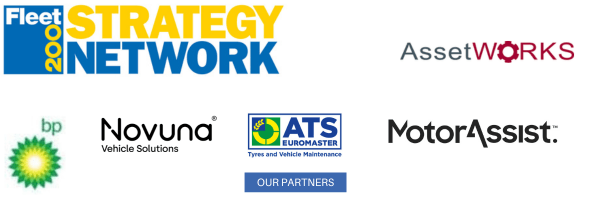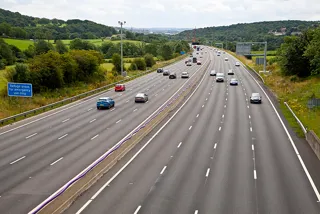Risk management continues to be a high priority for fleet managers, but those in this Fleet200 roundtable discussion said their strategies had been impacted by the Covid-19 pandemic.
One of the participating fleet decision-makers at the November virtual meeting had instigated a new risk management strategy involving driver profiling and identifying high-risk drivers.
Depending on the risks identified, drivers would then be given information, a one-to-one online coaching session or in-cab driver training.
“We were planning to get that up and running this year, but one-to-one training has become a bit of a challenge in vehicles,” said the fleet decision-maker.
“Our new strategy was actually moving forward really well, but Covid stuck its oar in and basically we have not been able to do that the way we wanted.”
“I’m using drivers who have benefited to tell other employees ‘this has saved me points, it’s saved me prosecution’. That sort of experience wins people over.”
Another fleet decision-maker had a similar experience. “If we identify a driver as high risk, if they’ve only passed their test within the past 12 months, or they’ve not driven that type of vehicle before, we would do some one-on-one on-road driver training with them, but Covid has put a stop to that at the moment.
“We are doing driver profiles and modules, but the ideal solution is to use them in tandem so you can target your one-to-one training wherever it needs to get to.”
Data from technologies such as telematics and dashcams has been important to help identify the high-risk drivers.
“Using this, you can aim for the worst 10% of drivers and take it from there,” said one fleet decision-maker.
“There are drivers with harsh braking or harsh acceleration, so you can identify and work on that.
“Sit down with them and have a discussion with them. It’s not a blame and shame, it’s just a sit down and go through what their perception is, what they think they’re doing, and see if you can make them aware of what they’re doing.
“Try to discuss it with them and then go down the training route.”
The role played by technology
Getting buy-in to these technologies can be made easier by highlighting the benefits to the drivers themselves.
“Dashcams or telematics can help to drivers prove their innocence in a situation where otherwise they would have been blamed if there were no independent witnesses,” said a fleet manager.
“I’m using drivers who have benefited to tell other employees ‘this has saved me points, it’s saved me prosecution’.
“That sort of experience wins people over.”
The fleet manager added: “Probably the other best driver for driver behaviour has been electric vehicles.
“This is when the driver has got a bit of range anxiety and they’re anticipating better the braking, leaving bigger gaps to the vehicle in front so they can benefit from regenerative braking.
“That’s made quite a big difference to the people we’ve put in EVs, and many of those have said that it is making them think more and drive better.”






















Login to comment
Comments
No comments have been made yet.